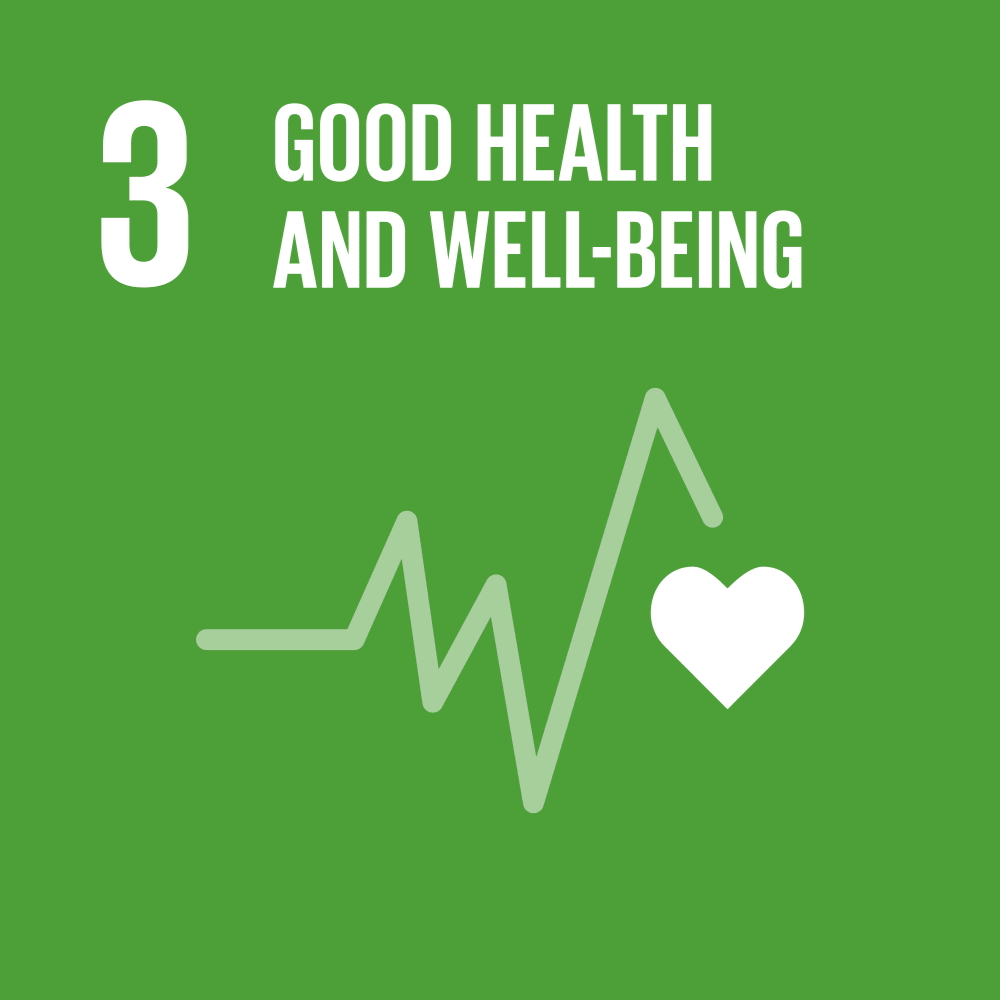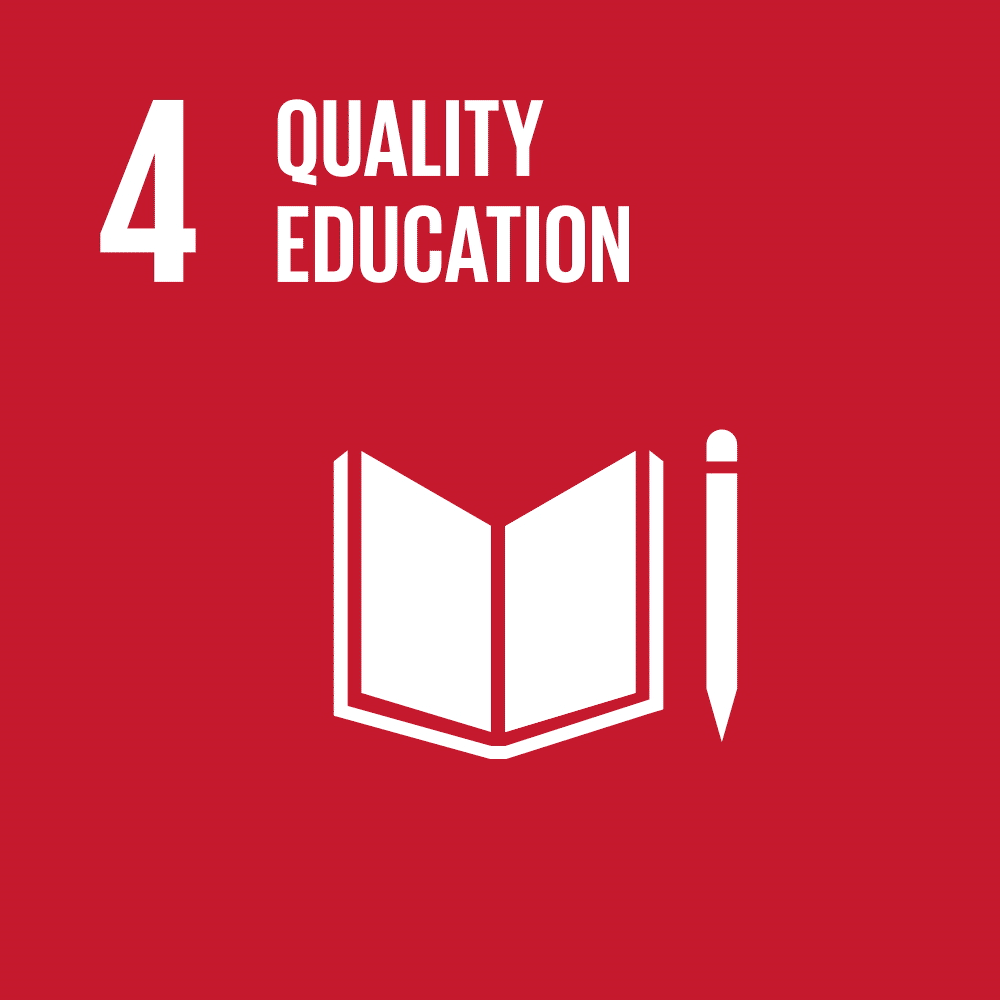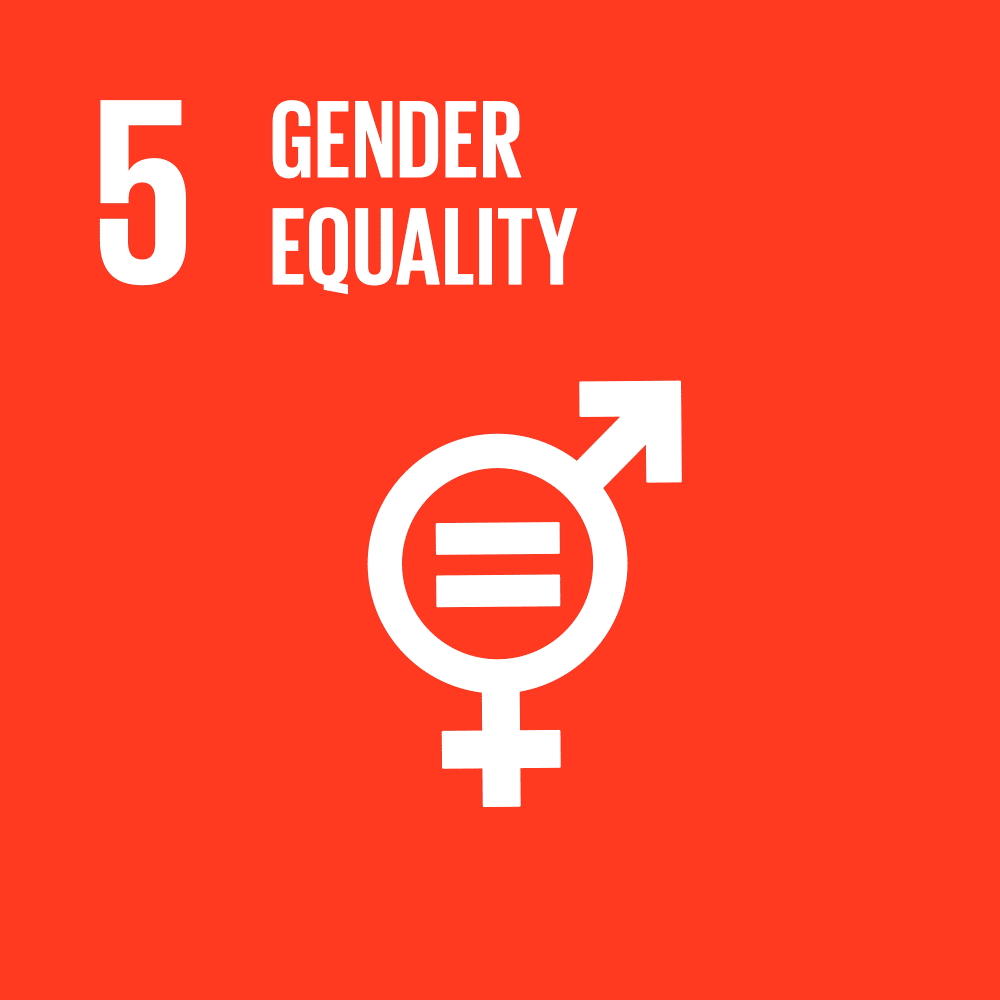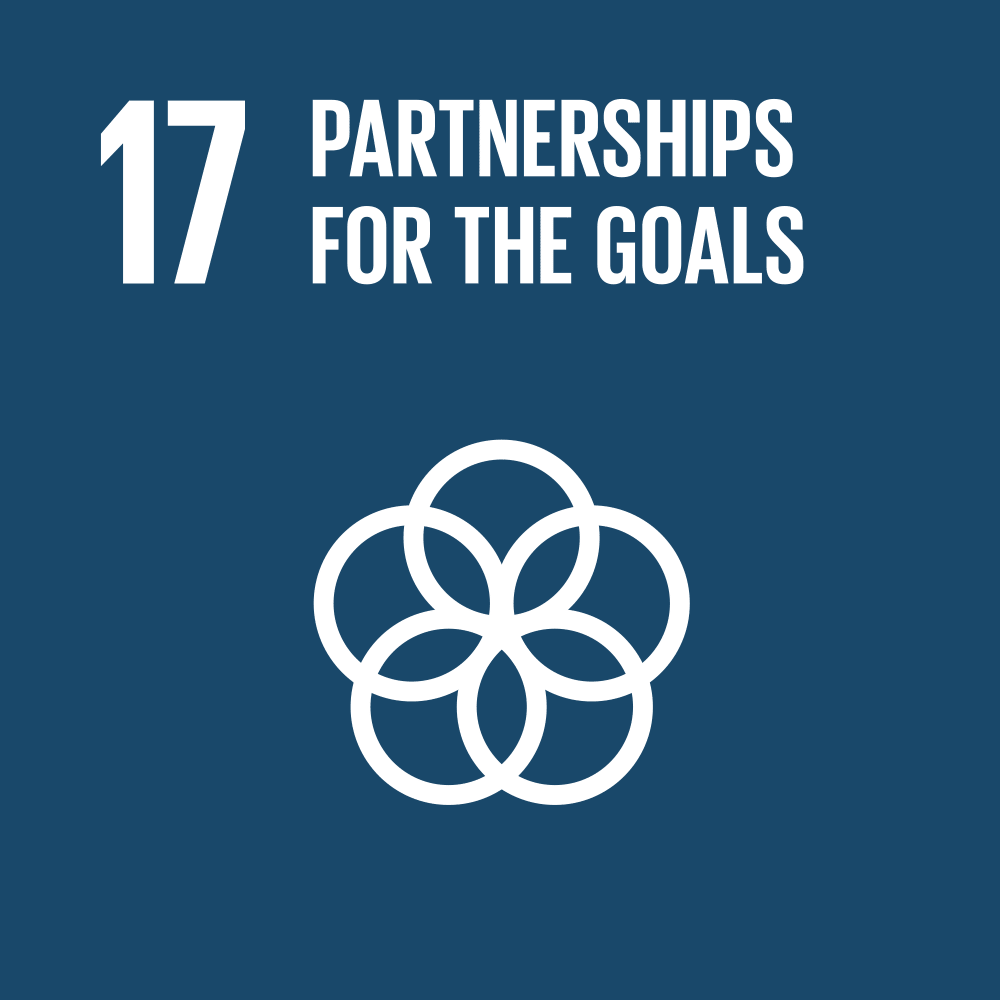Repository of Practices
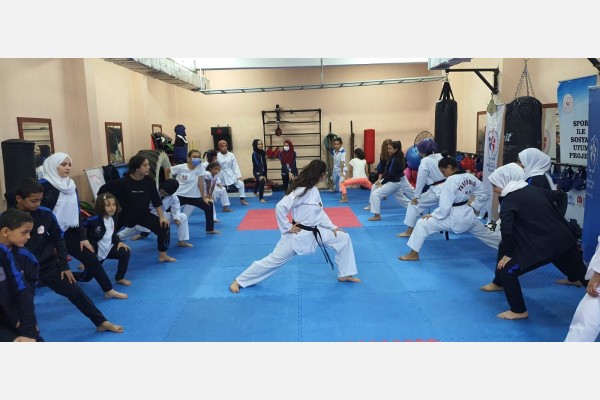
Strengthening Social Cohesion and Inclusion Through Sports Among Refugee and Turkish Youth Project
Secondary GCM Objectives
Dates
Type of practice
Summary
The project has been prepared by using sports to strengthen social cohesion between all migrant people under temporary or international protection and host communities. Turkey is a safe haven for the millions of migrants from many countries including particularly Syria, and Afghanistan, Iraq, Iran, and Somalia, and the other countries. Day by day, the number of people living under temporary protection or international protection in Turkey is increasing. As the biggest number, only Syrian people in Turkey under the temporary protection has reached into 3,65 million number at the year of 2020. The initial policies in Turkey for the migrant people under temporary or international protection focused on their urgent needs such as food, health, shelter, education, and employment. After coping with the urgent issues for them, there was a need to develop some policies to protect social harmony and adjust them into society. Migrants in Turkey consist mainly of children and youth. The migrant children and youth were more vulnerable in terms of discrimination and exclusion. They also need a faster adaptation and adjustment to the new setting.
The project aims that strengthen the social cohesion of girls and boys from the host community and all migrant people under temporary or international protection communities by bringing them together through sports courses. The primary target groups for the project is both Turkish children and migrant children and youth below 18 years old, and then their families.
The project has four main activities:
A) Sports Courses: Strengthening social cohesion and social inclusion through sports courses by bringing girls and boys together from the host community and migrant community in Ankara, Bursa, Mersin, Samsun and Şanlıurfa provinces.
B) Awareness Raising Activities: To provide awareness-raising activities for families of participants who attend into sports activities.
C) Monitoring & Evaluation: Monitoring the project implementation and tracking whether the targets are achieved or not.
D) Protection: It is ensured that all beneficiary migrant children and youth, especially highly vulnerable individuals in direct need of protection, are referred to relevant government mechanisms.
The Olympic Refuge Foundation (ORF) has transferred a budget of $1,239,352 to the Association for Solidarity with Asylum Seekers and Migrants (ASAM) and Ministry of Youth and Sports (MoYS) as a donor entity. MoYS has allocated its facilities and human resources. ASAM has developed a project-specific software system for monitoring and evaluation. ASAM has also ensured staff recruitment. Turkish Olympic Committee (TOC) has contributed to the training module. UNHCR, on the other hand, contributed to both the protection and training module.
Organizations
Main Implementing Organization(s)
Detailed Information
Partner/Donor Organizations
Benefit and Impact
During the interviews, many participants stated that they came to a sports facility for the first time and made friends with people from different nationalities for the first time. It was observed that the participants were very happy in each province visited and they felt sorry that the courses would be over within a short time. In some provinces, although the term was over, it was observed that some participants attended other sports courses with the help of voluntary support of the coaches.
The methods to be applied to monitor and evaluate the implementation of the project were determined in line with the opinions of the project partners. For that purpose, it has used a Software System and surveys. Success of the project will be measured with attendance, satisfaction and change in condition of well-beings. Impact of the project on communities in cities of implementation will be analyzed through Focus Group Discussions and one-on-one interviews. At the end of each period, detailed and explanatory narrative report regarding project activities will be submitted. At the end of the project year, a comprehensive report including project activities and achievements will be prepared and submitted.
When the project activities come to an end, the final report will be prepared. After the ending of project activities, it is estimated that takes roughly two months for analyzing and reporting.
The project has been a proof of good collaboration between different partner organizations. The smiling faces of the children and youth participating into the courses and the activities are the biggest driving power of the project and they are like a compass showing that we are on the right track.
The second phase of this project will continue to be implemented between the years 2022 and 2025.
Key Lessons
Within the scope of the measures taken by Turkish Government during the normalization process, sports courses were adapted to the new process called “pandemic” in principle of “optimum participation, maximum health”. In addition, questionnaires and the content and method were revised for future periods. The questionnaire that could not be carried out due to COVID-19 were applied as pretests and posttests at the third-period sports courses.
We were finally able to take some measures when the pandemic had just begun. To overcome it, we prepared a “risk management matrix” for our continuation of the project.
We have minimized the difficulty of this problem with various methods. However, our efforts continue to find a permanent solution. Also we prepared a “risk management matrix” for our continuation project.
Recommendations(if the practice is to be replicated)
Thanks to the project, migrant kids and Turk young gained a sports culture, got acquainted with Olympic values and stayed away from the dangers on the street. The long-term effects of the project are to encourage children and young people to have a healthy life and to contribute to social integration and multiculturalism.
Innovation
The outputs of the project, the effects of sports on social cohesion and good practice examples are disseminated in various channels. In addition, Sport for Protection Toolkit is being translated into Turkish and disseminated. These dissemination activities provide new approaches to institutions that use sports as a social cohesion tool.
Through this project, the youth workers acquired new skills in subjects such as working with migrants and conducting social cohesion activities. They use these skills not only in project activities but also in other sports training. In addition, the project is carried out in the youth center and sports facilities of the Ministry of Youth and Sports. It is observed that children who come to the centers through the project continue to attend various activities even after the course period is over. Children's social cohesion development continues to develop even after the course period is over. Therefore, the project has a sustainable impact in terms of building institutional capacity, increasing the skills and awareness of trainers, and providing lifelong benefits to the participants.
Our ministry has enormous human resources and facilities such as youth camps, youth centers, sports halls, and higher education dormitories. We have lots of projects on this issue and continue simultaneously.
The project adapted to the Covid-19 pandemic by taking various precautions. The measures introduced by the government for sports activities facilitated this adaptation. In this context, hygiene procedures in sports facilities have increased. The number of participants in sports courses has been reduced, physical contact has been reset and social distance measures are taken.
Additional Resources
Media
The Project for Social Cohesion Through Sports
Date submitted:
Disclaimer: The content of this practice reflects the views of the implementers and does not necessarily reflect the views of the United Nations, the United Nations Network on Migration, and its members.
More Related Practices:
- Talleres de facilitación de diálogos de saberes: Introducción a la metodología de los diálogos interculturales
- Social Security Extended for Migrant Domestic Workers in Malaysia
- Research on human rights violations against live-in domestic workers, and related Code of Good Practice
- One Wage Campaign (OWC)
- Migrant Domestic Workers Rights on the Threshold of Czech Households
Peer Reviewer Feedback:
*References to Kosovo shall be understood to be in the context of United Nations Security Council resolution 1244 (1999).
Newsletter
Subscribe to our newsletter.
